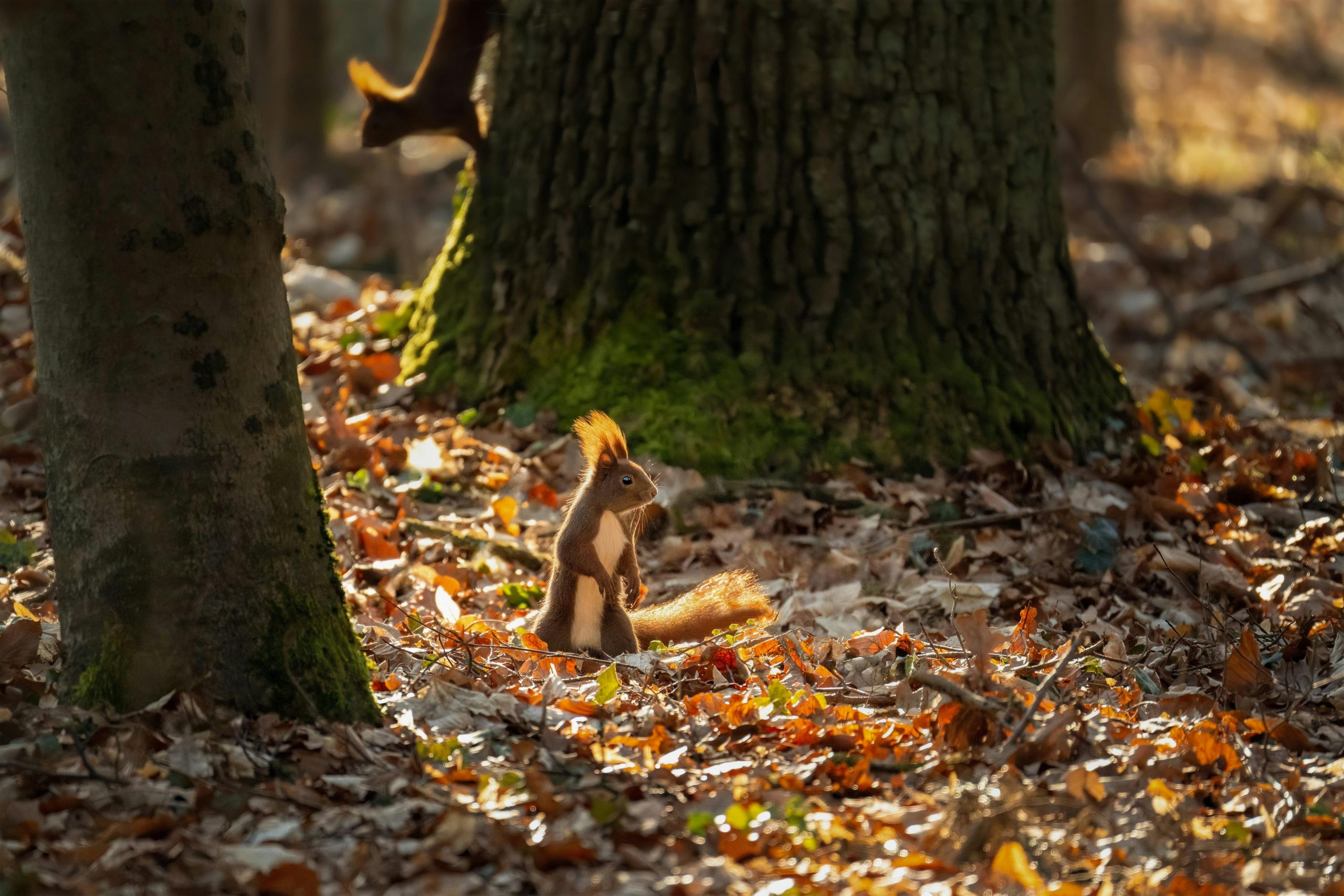The Dual Nature of Overcreativity in Design: A Blessing or a Curse?
When it comes to the world of design, one term that frequently stirs debate is “overcreativity.” Is it a hindrance to the creative process, or does it represent an evolution in artistic expression? This question invites a plethora of opinions, and I’d love to hear your thoughts!
On one hand, overcreativity can lead to complexity. Designers overflowing with ideas might find themselves lost in a sea of concepts, from which it can be hard to extract a coherent vision. The pursuit of innovation can sometimes veer into chaos, making it challenging to focus on the essential elements that resonate with the audience.
Conversely, this abundance of creativity can also be viewed as a formidable asset. It allows designers to explore unconventional ideas and push boundaries, resulting in spectacular and unique outcomes. The ability to think outside the box can lead to groundbreaking designs that capture attention and inspire.
What’s your take on this intriguing dichotomy? Does overcreativity hinder the design process, or does it elevate it to new heights? I look forward to reading your insights in the comments!


2 responses to “Is Overcreativity a problem in design or a advantageous habit ?”
Overcreativity in design is a nuanced topic that can have both positive and negative implications, depending on how it manifests and how designers manage it. Understanding its impact requires a deeper exploration into the concept of creativity itself and the balance between innovation and practicality.
Understanding Overcreativity
Overcreativity can be described as an excessive inclination toward generating ideas, concepts, or designs that may exceed the boundaries of practicality or client needs. While creativity is essential for design, overcreativity can lead to a few distinct challenges:
Project Scope Creep: One of the most common issues is scope creep. Designers may propose a plethora of ideas and variations, which can dilute the project’s focus and increase time and costs. This can be frustrating for clients who have specific goals and budgets.
Decision Paralysis: When too many creative options are presented, clients (and even designers) can experience decision fatigue. This can lead to confusion over the best path forward and result in delays in the design process.
Misalignment with Client Needs: Overly creative solutions may stray too far from what the client envisions. Sometimes, clients desire simplicity and functionality rather than an elaborate, groundbreaking design. It’s essential for designers to align their creativity with the client’s vision and functional requirements.
When Overcreativity Becomes Advantageous
Innovation and Differentiation: In many cases, overcreativity can lead to breakthrough ideas that set a project apart from competitors. When harnessed effectively, an abundance of creative ideas can inspire unique solutions that resonate with target audiences. This is particularly advantageous in fields where uniqueness is valued—such as branding, marketing, and product design.
Collaboration and Brainstorming Sessions: Overcreativity can thrive in a collaborative environment where ideas build off one another. Encouraging brainstorming sessions with diverse team members can foster a rich exchange of ideas. Some of the best designs emerge from a combination of creative abundance followed by a careful narrowing down of choices.
Iterative Design Process: Embracing excessive creativity can aid the iterative design process. By generating numerous ideas, designers can refine and pivot based on feedback. This exploration stage is crucial for discovering the best solutions that might not emerge from a more conservative creative approach.
Practical Advice for Managing Overcreativity
For designers looking to harness their creativity effectively while mitigating the downsides of overcreativity, consider the following strategies:
Set Clear Objectives: Begin each project by defining clear client goals and project parameters. This helps to create a foundation upon which creative ideas can be built and measured.
Establish Boundaries: During the brainstorming phase, establish boundaries around time and resources. Limit the brainstorming to a specific timeframe to cultivate focused creativity, allowing for a surge of ideas while keeping them within practical limits.
Prioritize and Refine: After generating a wealth of ideas, prioritize them based on feasibility, alignment with project goals, and potential impact. Encourage feedback loops from clients and stakeholders to refine ideas down to the most effective solutions.
Iterate: Embrace an iterative mindset where pushing creative boundaries is encouraged in the early stages, followed by a strategic refinement process that aligns the concepts with the project vision.
In summary, while overcreativity can present challenges in the design process, when managed wisely, it can lead to remarkable innovation and differentiation. By establishing clear strategies for harnessing and refining creative ideas, designers can channel their creativity toward producing effective and desired outcomes for their clients.
This is a fascinating topic! I believe the duality of overcreativity in design hinges significantly on context and management. While an overflow of ideas can initially feel overwhelming, I think it’s essential to embrace that creative chaos during the brainstorming phase. It allows for a diverse range of concepts that can be refined later into a cohesive vision.
However, the key lies in establishing a framework to harness that creativity effectively. Techniques such as sketching, mind mapping, or even setting specific goals can help in filtering through the plethora of ideas to identify those that truly resonate. Time management also plays a crucial role—allocating time for exploration while keeping deadlines in mind can ensure that creativity is productive rather than paralyzing.
Ultimately, the challenge is to strike a balance where overcreativity serves as a springboard for innovation without leading to creative fatigue or project stagnation. It would be interesting to hear about any strategies others have implemented in their design processes to channel overcreativity into tangible outcomes!